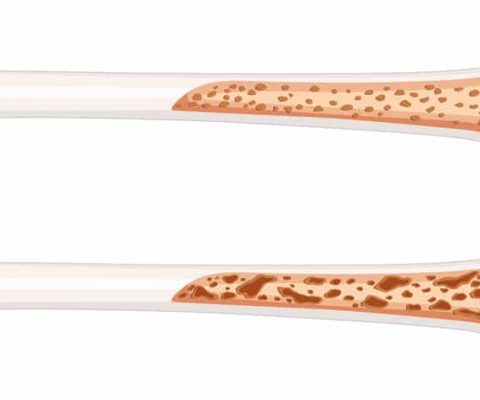The Different Types of Strength Training
Disclosure: We use affiliate links and may receive a small commission on purchases.
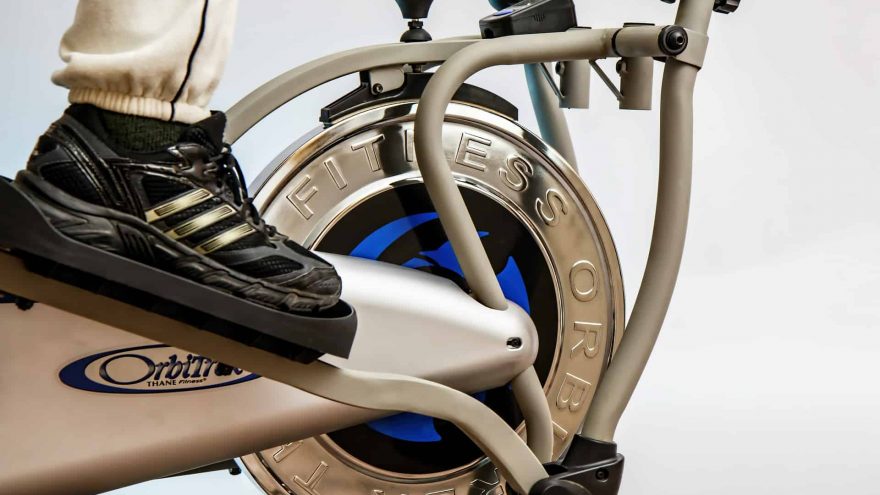 The Different Types of Strength Training
thefitbay.com
The Different Types of Strength Training
thefitbay.com
For years, cardio has reigned supreme as the workout of choice for anyone trying to lose weight. With the aerobics blasting on the scene in the ‘80s and workout gurus like Jane Fonda and Richard Simmons smiling while telling you to just keep moving and feel the burn, most of us have this idea that the only way to a trimmer figure is to skip, jump, dance, jog, huff and puff away the pounds.
In recent years, however, exercise physiology has changed, and many have discovered that perhaps the faster and more longer-lasting way to a toned, slender body isn’t through hours of pounding pavement and wheezing through workout classes, but instead with properly structured resistance training. That’s right: To lose weight and keep it off, you should be hitting the weight room more often than the treadmill.
Why Strength Training is the New Aerobics

Let’s start off by saying this: Aerobics and cardio will help you to lose weight and they more certainly are an important part of fitness and health. Cardiovascular exercise, whether you’re doing steady state cardio or high intensity interval (HIIT) training, will help to build strong lungs, a healthy heart and cardiovascular system, and improve endurance. The problem, however, is that many who never step off the cardio deck and into the weight room become what’s known as skinny-fat: Being thin, but lacking in muscle mass (what gives you toned, sexy arms, leg, abs, and a nice bum) and having a surprisingly high body fat percentage. For those trying to lose weight, cardio may actually pose more problems than it solves, including:
Joint problems: The heavier you are, the more stress is put on your body and joints when you start running, jumping, or skipping. Many people who start working out by using cardio find themselves with foot, ankle, knee, and hip problems before they’ve been at it long enough to be effective.
Other stress: As mentioned, while good for the body, cardio can also be quite stressful. For someone trying to lose weight and whose body is already stressed because of their current weight, cardio can cause the adrenal glands, which release stress hormones like cortisol, to become out of balance. When too much cortisol, adrenaline, and other stress hormones are circulating, our bodies are in a stressed state and actually hold onto fat, a mechanism that dates back to ancient times when stress typically meant food shortages.
Why strength training works
When it comes to fat loss, exercise is about more than just burning calories. While yes, the amount of calories you burn during a session will help to put you in the energy deficit (calories in<calories out) you do need to lose weight, exercising also boosts your metabolism. This is what determines how many calories you burn throughout your entire day, even while you’re just sitting at your desk or sleeping. It does this two ways:
Elevate your metabolism in the post-workout phase: After you have completed a workout, your metabolic rate will be heightened for 12 to 24, or even up to 48 hours, post workout.
Increasing your basal metabolic rate (BMR): The fitter you become, the higher your BMR will be. This refers to the amount of energy your body burns when completely inactive. The higher your BMR, the more calories you will burn while at work, running errands, watching movies – you get the idea.
While both cardiovascular exercise and strength training will increase your metabolism, strength training will do this faster and can be maintained easier. This is because the main cause of an increase in BMR is muscle mass. Muscle, speaking in terms of metabolism, is a lot of active than fat, meaning that there are enzymatic reactions occurring in muscle cells all the time, while fat cells are there primarily for energy (aka fat) storage. The more you are trained when it comes to muscles, the more metabolically active tissue you will have, and the more energy you will burn throughout your day.
How to Strength Train Properly
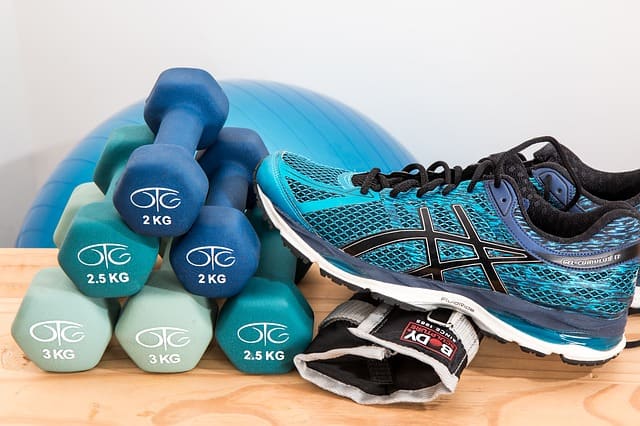
There are hundreds of workouts online, various styles of lifting weights, and different theories as to which will get you the best results. For anyone starting out in the weight room, this can be confusing and intimidating. In reality, strength training for weight loss can be broken down into 4 phases:
- Preparation/Functional Phase
- Hypertrophy
- HIIT Phase
- Strength Phase
The basic design is you start out in phase 1, then move on and begin cycling through phases 2 through 4. Occasionally you will want to go back to the prep phase for a week or two, say after a vacation, an illness, a surgery, or if you’ve discovered your motivation has waned and you haven’t worked out in over a month.
The Prep Phase
This is, in my opinion, the most important phase. Just as it sounds, its purpose is to prepare your body for the more intense workouts that are to come. Whether you are a new exerciser or a veteran, everyone can benefit from a prep phase.
The goals of the prep phase are:
- To correct and muscle imbalances between the left and right sides of the body
- Build stability and mobility through all joints
- Increase strength and range of motion
- Activate muscles that have otherwise gone unused
- Fix posture
- Strengthen the core, including the hips, glutes, pelvic muscles, the transverse (deep) abdominals, and the rectus (surface) abdominals.
- Get rid of existing joint pain
- Teach proper form and technique and prevent the body from becoming injured in later phases.
The great thing about the prep phase is that it can be scaled so that it is challenging and still an incredible workout no matter how fit you are. Exercises to be included in a prep phase are:
- Front foot elevated split squats
- Box squats
- Peterson step ups, front step downs, back step downs, side step downs
- Glute bridges
- Seated row
- Single arm row
- Push-ups
- Rotator cuff exercises
Planks - Superman
All of these exercises will build strength, stability, mobility, and symmetry throughout your muscles, joints, ligaments, and tendons, and will help you become fit enough to move into the next phase of training. You should do at least 3 sets of each exercise, with 10-15 reps per set. You can add intensity by either increasing the number of repetitions or by adding or increasing the weight. This phase should last for anywhere from 4 to 8 weeks, depending on prior fitness level, how balanced your body was before you started, and how much mobility you have through your joints.
Hypertrophy
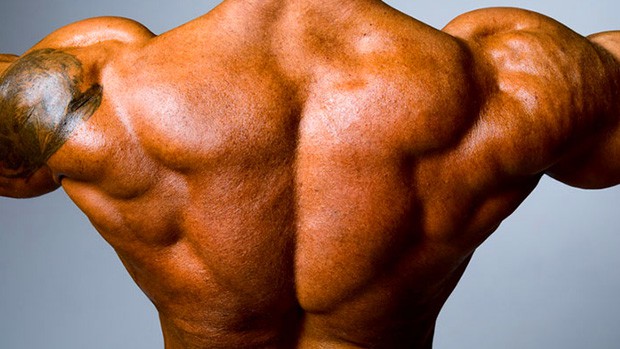
Now that you have taken the steps to ensure your body moves well and is fit enough to handle more intensity, you can move into the hypertrophy phase. The hypertrophy phase is all about muscle building to give you the toned arms and legs you’ve always wanted and increase your metabolism and ability to burn fat.
The great part about hypertrophy is that you don’t have to change many of the exercises you were doing in your first phase of training. Instead, you up the intensity. This means:
Increasing the weight: You want to start challenging yourself to lift heavier in this phase
Decreasing rest time: In the hypertrophy phase, you only want to take about a minute to a minute and a half (if you desperately need the extra 30 seconds) of rest between sets.
Changing the rep range: For your first hypertrophy phase, you may want to decrease the rep range to allow yourself to lift heavier, keeping reps between 8 and 12. In later hypertrophy phases, you can challenge yourself to stay heavy but have higher reps (15-20). This is a very intense workout and should not be done for your first-ever hypertrophy phase.
Along with the exercises in the prep phase, other exercises to include in a hypertrophy phase are:
- Squats
- Lunges
- Hamstring Curls
- Romanian deadlift
- Calf raises
- Dumbbell chest press
- Single arm overhead press
- Bicep curl
- Tricep extension
- Plank variations
Don’t be afraid of building muscle. You will not get “bulky” or “big” (this requires an entirely different approach to food and eating), instead you will get leaner, more toned, shrink your waist and build a round, nicely shaped bum. This phase should last for 4 to 6 weeks.
HIIT Phase
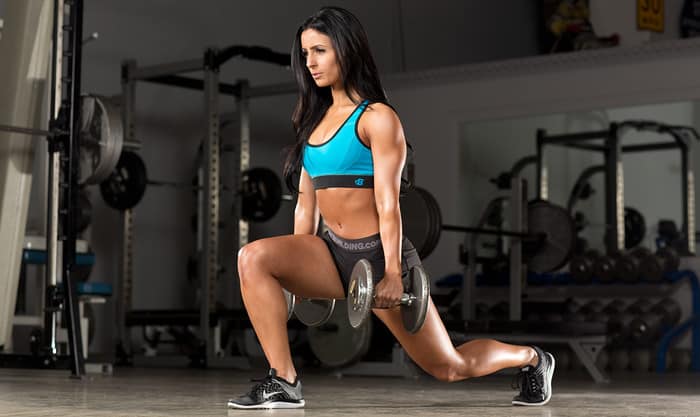
The goal of high intensity interval training is to increase your work capacity and burn a lot of calories. This phase will typically only last 4 weeks (any longer and you may find yourself tired and burnt out), has little to no rest between sets, uses lighter weights, and the workouts themselves are usually shorter.
Why can’t you always be in a HIIT phase? In this phase people tend to see real results for the first time, and then get sucked into the trap of always being in a HIIT phase. On top of the burn out and potential injury that I already mentioned, the HIIT phase won’t cause the body changes you see on your own, and will eventually cause you to lose the muscle you worked so hard to gain in hypertrophy. The hypertrophy phase that came before is what made you fit enough to handle the intensity of HIIT workouts, and it also built the muscle that boosts your metabolism to make the HIIT workouts more effective fat-burners.
Here are some links to some at-home HIIT workouts:
- HIIT workout one
- Low impact HIIT workout
- HIIT workout two
- HIIT workouts can be increased in intensity by adding both weight and sets or length.
Strength Phase
Strength workouts are certainly the most different, and the most advanced of all of the workout phases. The purpose of these is to get stronger so that when you move back into your next hypertrophy phase, you can use heavier weights, as well as to increase and improve the connections between your brain and your muscles.
Strength phase workouts involve lifting much heavier weights, for less reps, with a lot of rest in between sets. You need longer rest because your central nervous system needs more time to recover than your muscles do.
While many of the larger, more full-body movements from previous phases (squats, split squats, romanian deadlifts, rows, and chest press) are still applicable here, other movements to add in could be:
- Full deadlifts (not good for people with back problems or poor hip mobility)
- Glute-ham raises
- Lat pulldowns
- Benchpress
- Pullups and chinups
Rep ranges for a strength routine are usually around 3-5, or to failure (meaning you wanted to do 3 but could only do 2), and you should be resting for two to three minutes between sets.
The Importance of Phasing

Each phase works the body differently, prevents you from plateauing in your weightloss journey, and helps to make your next phase more effective. This is why you should always be rotating between them. After you’ve gone through a full cycle of Prep (4-8 weeks), Hypertrophy (4-6 weeks), HIIT (6 weeks), and Strength (4-6 weeks) phases, your phasing should be as follows:
Hypertrophy -> Strength -> HIIT -> Strength -> Hypertrophy -> Strength -> HIIT… and so on.
This way, you will be switching back and forth between phases that focus on muscular adaptation (hypertrophy and HIIT) and nervous system adaptation (strength), so that you will not plateau.
The Bottom Line
Exercising and getting moving, no matter what you are doing, is better than sitting on the couch. There is a place in every workout routine for both strength training and cardio training, and both are an important part of fitness and health. You fear the weight room, as they will not make you bulky, but rather help you to lose fat faster and more efficiently.
Disclaimer: Always consult your physician before starting a new workout routine. If you are at all unsure about an exercise, ask for help to avoid injury.










